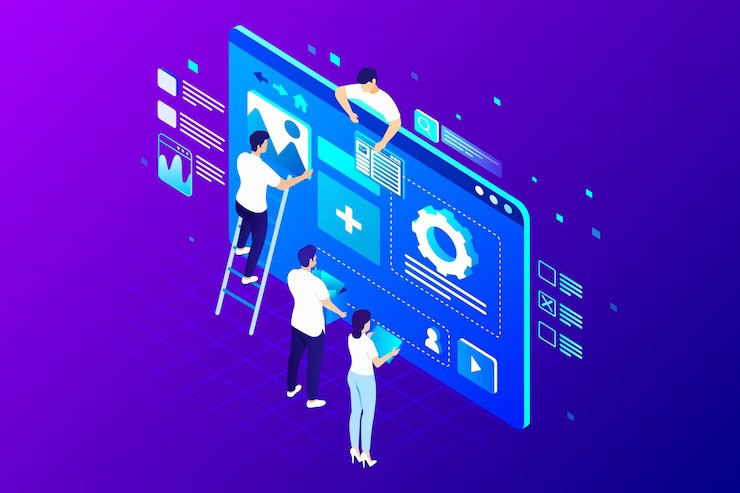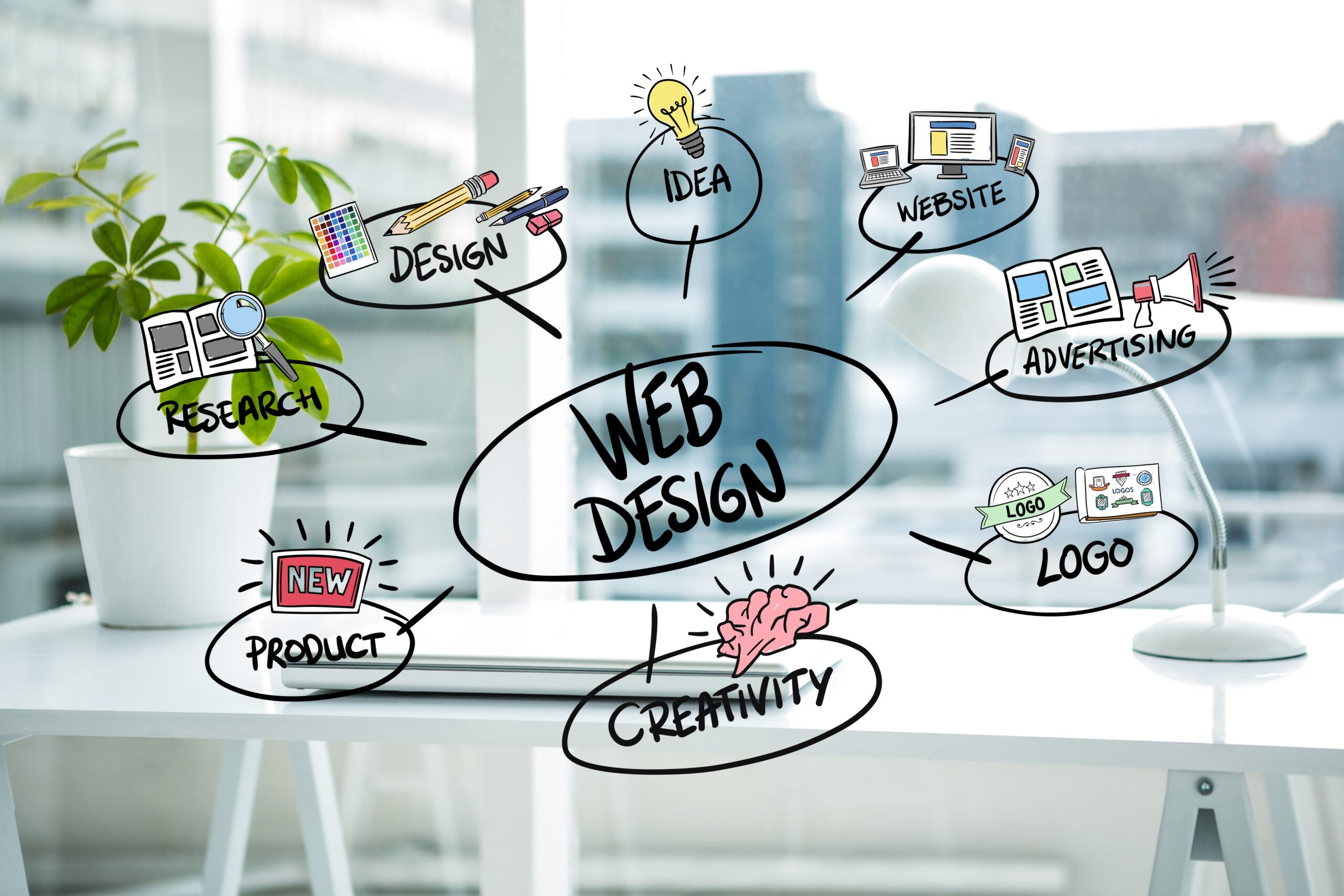In the realm of web design, innovation is key to captivating audiences and staying ahead of the curve. As technology continues to evolve, one tool that has emerged as a game-changer is artificial intelligence (AI). By leveraging the power of AI, designers can create websites that not only look stunning but also provide unparalleled user experiences. Let’s delve into how AI is revolutionizing web design and explore some of the exciting possibilities it offers.
- Personalized User Experiences: One of the most compelling applications of AI in web design is personalization. AI algorithms can analyze user data, such as browsing history, preferences, and demographics, to deliver tailored content and recommendations in real time. Whether it’s dynamically adjusting product recommendations on an e-commerce site or customizing content based on a user’s location, AI-driven personalization enhances engagement and fosters a deeper connection with visitors.
- Automated Design Assistance: Designing a visually appealing and functional website can be a daunting task, especially for those without extensive design expertise. AI-powered design tools offer a solution by automating mundane tasks and providing intelligent design suggestions. From generating layout options to recommending color palettes and typography choices, these tools streamline the design process, allowing designers to focus on creativity and innovation.
- Enhanced User Interaction: AI-driven chatbots and virtual assistants are revolutionizing user interaction on websites. These intelligent agents can understand natural language queries, provide instant assistance, and even simulate human-like conversation. Whether it’s answering customer inquiries, guiding users through complex processes, or facilitating transactions, AI-powered chatbots enhance usability and accessibility, ultimately improving the overall user experience.
- Predictive Analytics: AI algorithms excel at analyzing vast amounts of data and uncovering actionable insights. In the context of web design, predictive analytics can help designers make informed decisions about layout, content placement, and user flow. By analyzing user behavior patterns and predicting future actions, designers can optimize their websites for maximum engagement and conversion.
- Automated Testing and Optimization: Traditionally, A/B testing and optimization have been time-consuming and resource-intensive processes. AI changes the game by automating these tasks and accelerating the optimization cycle. AI algorithms can continuously monitor user interactions, identify areas for improvement, and automatically implement changes to improve performance. This iterative approach to optimization ensures that websites are always evolving and adapting to meet the needs of their audience.
- Visual Content Generation: AI-powered tools are capable of generating high-quality visual content, such as images, videos, and graphics, with minimal human intervention. Whether it’s creating custom illustrations, editing photos, or generating video thumbnails, AI streamlines the content creation process and enables designers to produce visually compelling assets at scale. This not only saves time and resources but also ensures consistency and quality across all aspects of the website.
Conclusion: AI is reshaping the landscape of web design, empowering designers to create smarter, more personalized, and engaging experiences for users. By harnessing the power of AI-driven technologies, designers can unlock new possibilities, streamline workflows, and elevate the overall quality of their websites. As AI continues to evolve, its impact on web design will only grow, driving innovation and pushing the boundaries of what’s possible in the digital realm. Embrace AI as a powerful ally in your design toolkit and prepare to deliver next-level user experiences that captivate and delight audiences.


